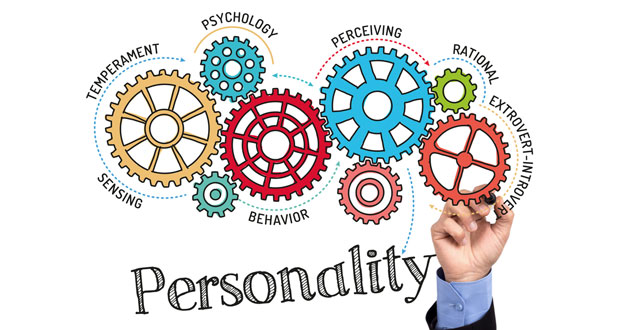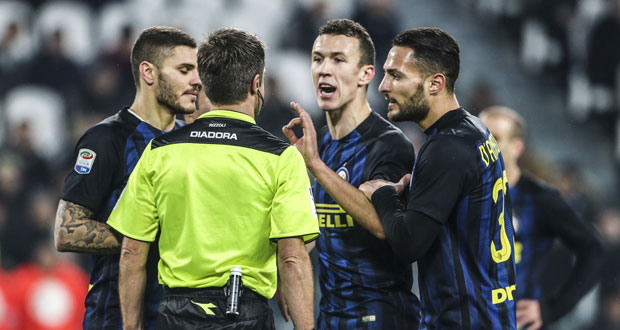The aim of this section is to understand how an individuals personality affects their motivation and includes need to achieve vs fear of failure, self-confidence, and experience.
Some people more naturally drive to achieve set goals than others. These people like to push and challenge themselves.
What is it within this type of person that motivates them? And why do others not have this desire?
One theory of motivation in sports involves two personality types:
Need to achieve (NACH)
These are the people that thrive on a challenge. They are usually determined, quick workers who take risks and enjoy being assessed. Most sports people fall into this group.
Need to avoid Failure (NAF)
These people tend to avoid challenges because they do not want to risk failing. They are slow workers who avoid responsibility. They do not like assessment and are easy to influence not to take part.
Ego & Task Orientation
Within those who compete in sport, there are those who are ego-oriented and those who are task-oriented.
Ego oriented
These people measure their success on beating others and being the ‘top’ competitor
Task-oriented
Task-orientated competitors measure their success by their own achievements such as running a p.b.
Self-efficacy
The Canadian psychologist Albert Bandura identified a specific form of confidence, known as self-efficacy. This is not an overall self-confidence but varies within each situation we find ourselves in. It is a situationally specific self confidence.
Most people will choose to participate in sports at which they have high self-efficacy, or belief in their ability at the task in hand.
Four factors affect self efficacy:
Performance accomplishments
Past achievements in the activity encourage a feeling of self-efficacy
Vicarious experiences
Seeing someone else, who you believe to be of the same or lower standard to yourself, complete the task well provides confidence that you too can achieve
Verbal persuasion
Encouragement and positive words from those close to you can instill a sense of confidence
Emotional arousal
Control over-arousal levels provide greater self-efficacy
These four factors can help athletes with low self-efficacy to boost their confidence and perform better by:
- Setting achievable goals and highlighting successes
- Using a peer to demonstrate new techniques
- Promoting support and encouragement from the athletes family and friends
- Using stress management techniques to aid relaxation
Experience & motivation
Past performances and experiences will influence an athletes confidence. Their last performance affects the way they approach the next performance.
Weiner related this to examinations and produced a 2D model. However, Roberts and Pascuzzi adapted the model in 1979 because they didn’t think it was specific enough for sport.
Self serving bias
If someone attributes success to internal causes but failure to external factors, such as equipment or officials this is a self-serving bias.
Learned helplessness
Repeated failures or disappointments often lead to the belief that failure is inevitable in certain situations, leading to feelings that the outcome is uncontrollable. This is learned helplessness.




